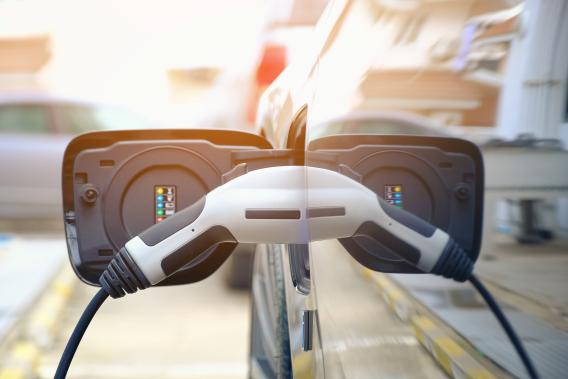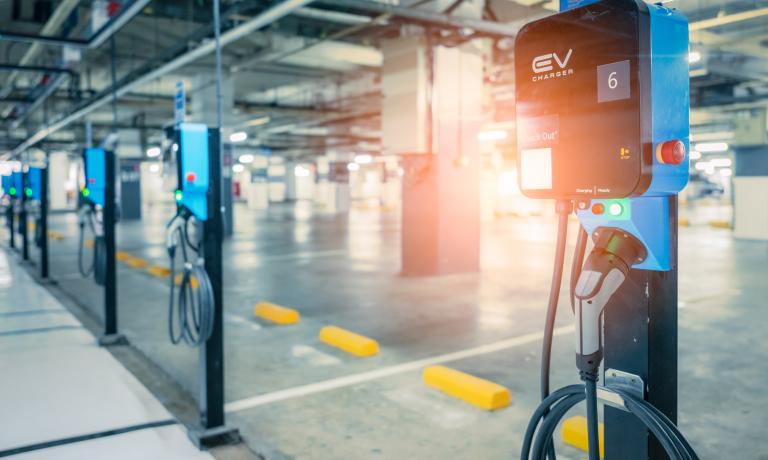In Rotterdam our company has won the biggest contract for charging infrastructure, it concerns 4,000 new EV charging points.
We provide the management, operations and installations. Also, in Rotterdam, we opened four smart charge plazas, at which Vehicle to Grid (V2G) charge points are connected on one grid. At one of these plaza’s, predictive Artificial Intelligence (AI) is deployed to investigate whether smart charging of electric cars can be optimised.
Key figures
Key figures
Problematisation and customer issues
An important objective of the project is to significantly speed up the request and realisation process in EV demands.
An online request system has been set up for that purpose. With this system, Rotterdam drivers can check whether it is worthwhile to make a request to expand the network or whether they already live or work close to a charge point.
In addition, the charge points supply 100% Dutch green power, which is largely generated by local windmills and solar panels. New charge points will be equipped with smart charging technologies, so that they can absorb peaks and troughs on the power grid.
Electric cars can contribute towards the stability of the power grid.
In this way we will accelerate the transition to sustainable energy sources. In due course, if somewhat less power is available for a brief period, for example because of lower wind speeds or because the sun in not shining, the batteries of the electric cars will temporarily return power to the grid.
Our response
We aim to advance sustainable mobility by offering innovative smart charging infrastructures.
The Rotterdam charge centres are smart because the software will ensure that the available power is divided among the electric cars connected to the charge points. When few electric cars are connected and high amounts of green power are available (e.g. due to sun or wind), maximum charging can take place. Smart big data analysis is crucial here. We closely monitor how and how often the new charge points are used. Based on these analyses, we install extra charge points where necessary.
In the future, charging plaza’s with V2G charge points and suitable electric cars can be used as an energy buffer in a sustainable energy system. V2G can relieve the power grid if power from other cars is used to charge the cars.
Results
We expect electric driving to take the Rotterdam/The Hague Metropolis to a next phase. ‘By stimulating the use of electric transport, we can take major steps towards improving air quality, reducing CO2 emissions and noise pollution. And in this way, we also create a good charging infrastructure for cars, encourage various pilot projects and set a good example by also opting for electric in the municipal car fleet. Of course, we use green electricity’, says Alderman van Huffelen from the municipality of Rotterdam.
Over the next four years, the municipality of Utrecht invests in more than 1,600 public charging stations for electric transport. The concession has an innovative character: we will soon be able to predict where charging is requirement, so that EV-drivers no longer have to wait for a charging station nearby. Residents are also actively approached via an app if they are parked too long at a charging station while they are not charging. At the end of the year, the first charging points will be installed and supplied with green electricity.

